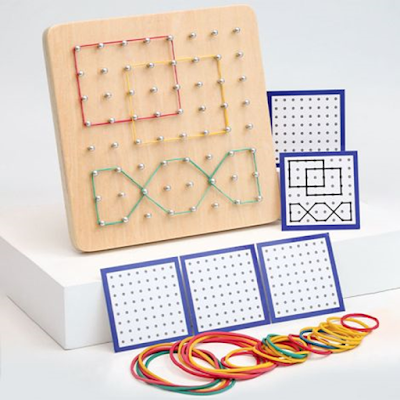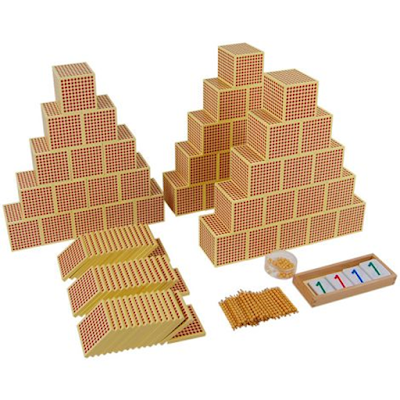Introduction to Montessori Botany Materials
Montessori education emphasizes hands-on, experiential learning, encouraging
children to explore the world around them. One significant aspect of this
approach is botany, which introduces children to the plant kingdom through
specially designed Montessori materials. These materials are crafted to spark a
child’s curiosity about nature, providing a concrete understanding of plants
and their components. They help children learn about various aspects of botany
in an engaging and age-appropriate way, fostering a lifelong appreciation for
the natural world.
Why Botany Is Important in Montessori Education
Botany plays a crucial role in the Montessori curriculum because it connects
children with nature, allowing them to understand the environment they live in.
Maria Montessori believed that fostering a child's relationship with nature
helps in developing respect for all living things. By introducing botany at a
young age, children become more aware of the intricate systems that support
life on Earth. It also lays a foundation for scientific learning, as botany
activities often include classification, observation, and experimentation.
The Role of Montessori Botany Materials in Learning
Kid Advance Montessori
botany materials provide a tactile experience that aligns with the
developmental needs of young learners. Instead of memorizing plant parts or
scientific facts, children interact with physical objects that represent the
natural elements of plants. These materials allow for a multi-sensory learning
experience, where children can see, touch, and sometimes even smell the components
they are studying. The use of these materials ensures that learning is not only
retained but also enjoyed, as children engage with the subject in a meaningful
way.
Key Montessori Botany
Materials and Their Uses
1.
Botany Puzzles: The botany puzzles include representations of different plant
parts such as the leaf, root, flower, and tree. Each puzzle piece represents a
specific part, and children can remove and replace them while learning their
names and functions. These puzzles help in developing fine motor skills while
also providing a visual and physical way to understand plant anatomy.
2.
Botany Nomenclature
Cards: These cards feature illustrations of
plant parts, along with their names and descriptions. Children use these cards
to match images to corresponding plant parts and learn their functions. This
activity promotes vocabulary building and supports language development while
introducing scientific concepts.
3.
Leaf Cabinet: The Montessori leaf cabinet contains different leaf shapes for
children to explore. It encourages them to recognize and categorize leaves
found in nature. Through this material, children learn to classify leaves based
on their shape, enhancing observational skills and promoting critical thinking.
How Montessori Botany
Materials Foster Scientific Thinking
Montessori botany activities encourage children to think scientifically by making observations, asking questions, and experimenting with plant-related concepts. For example, children might plant seeds and observe their growth, documenting changes over time. They learn about the life cycle of plants, the process of photosynthesis, and the importance of sunlight, water, and soil. By using these materials, children gain a deeper understanding of how plants grow and interact with their environment.
Integrating Montessori Botany Lessons into Everyday Life
Botany education in Montessori is not limited to classroom activities. Teachers
and parents can integrate botanical concepts into daily life. For instance,
taking children on nature walks allows them to observe different plant species,
collect leaves, or even plant a small garden. This real-world connection
reinforces what they learn through Montessori materials, making the learning
process continuous and dynamic.
Conclusion: The Lasting Impact of Montessori Botany Materials
The Montessori approach to botany does more than teach children about plants;
it instills a deep appreciation for nature. By using botany materials, children
are not only learning scientific concepts but also developing a sense of
responsibility towards the environment. These experiences foster a connection
with nature that can lead to a lifelong interest in science and ecology.
Montessori botany materials are
essential tools for developing a child's understanding of the natural world,
providing a solid foundation for future scientific learning.

















